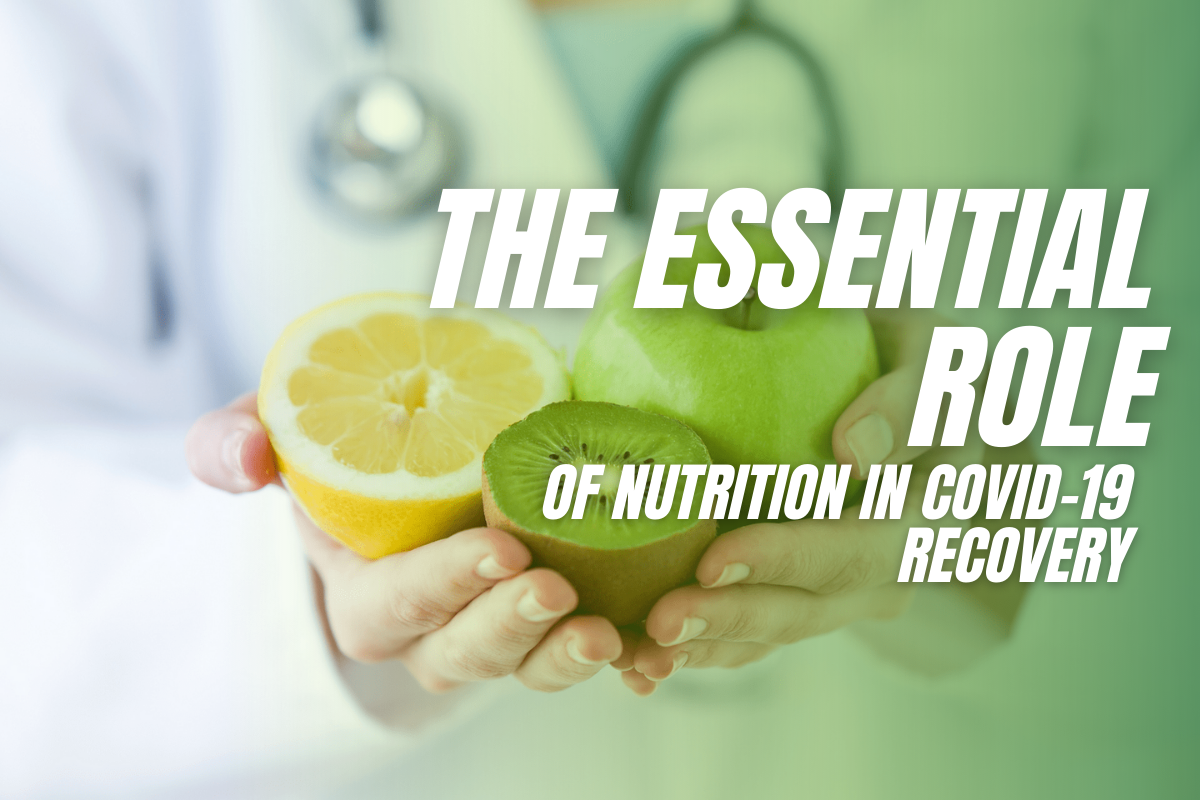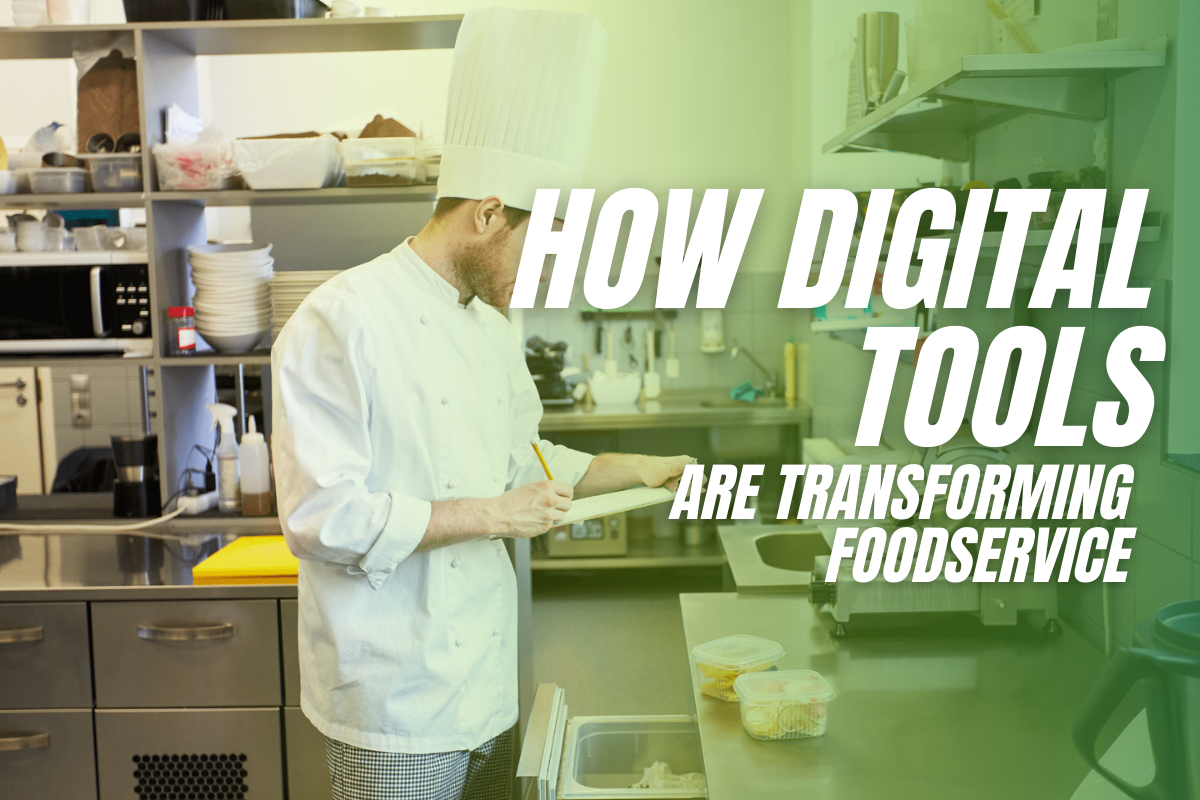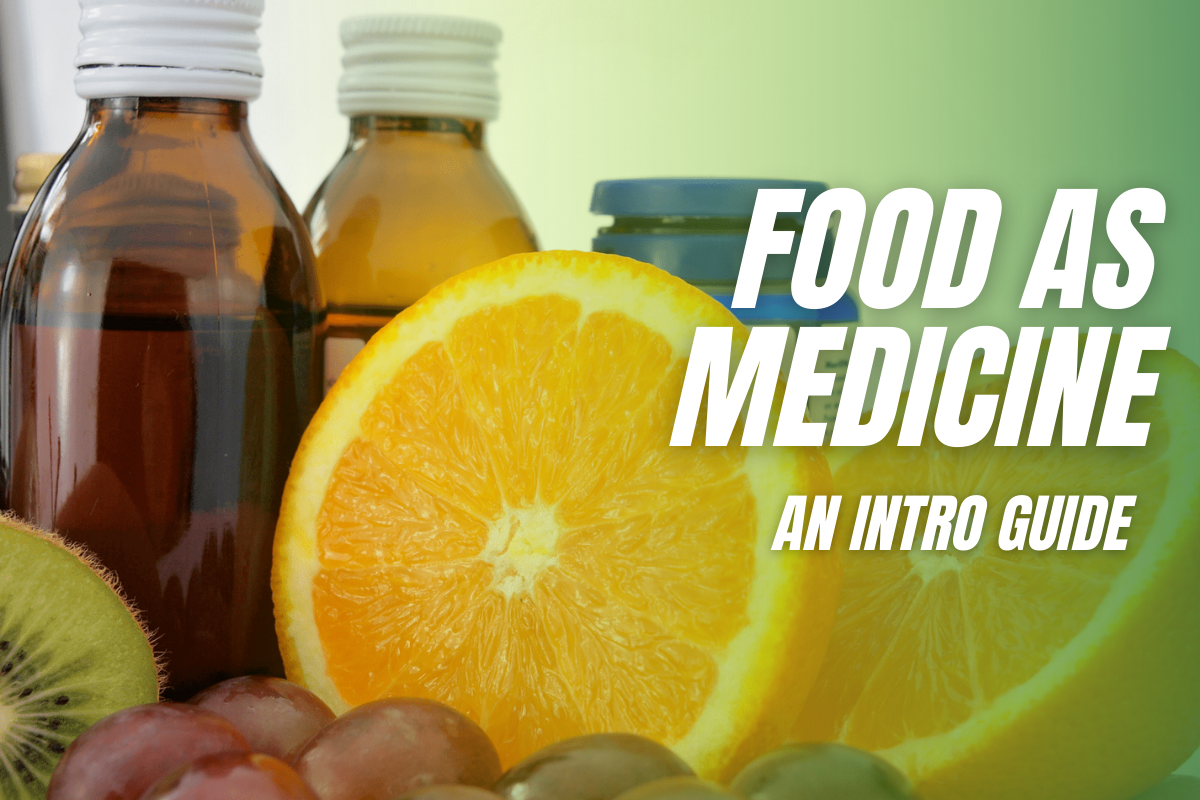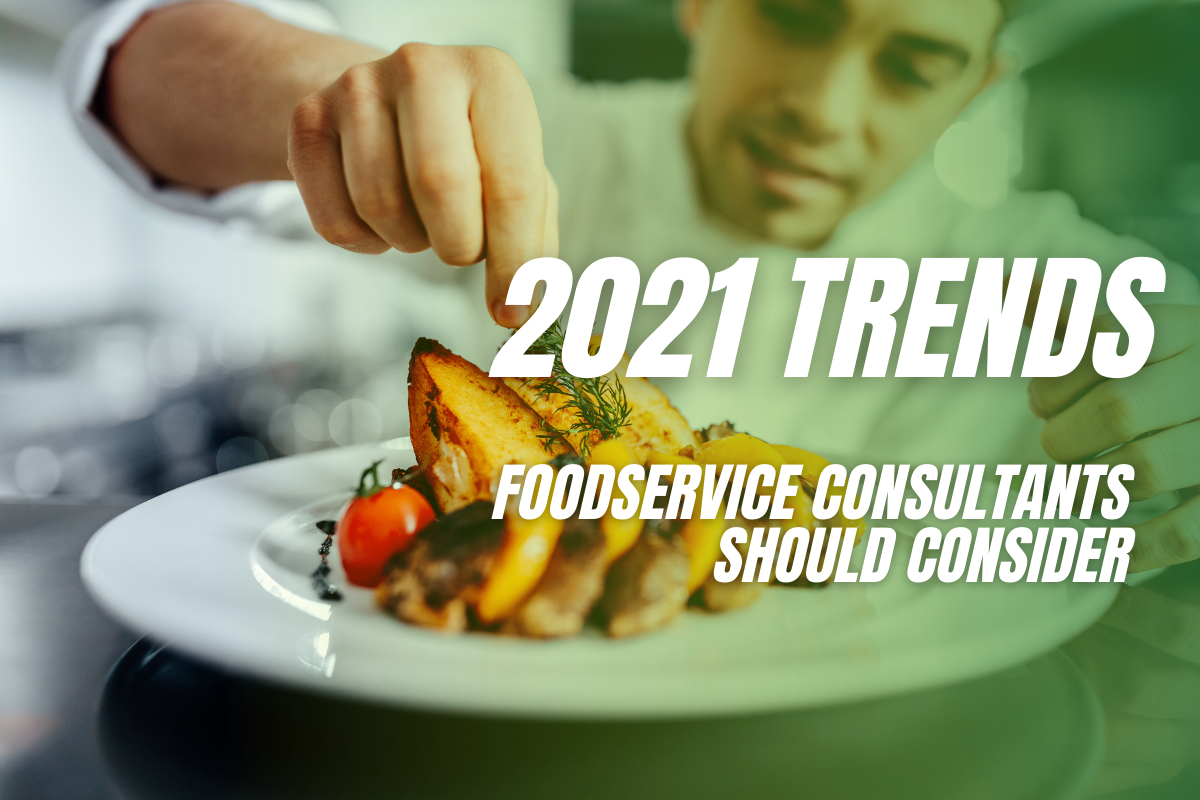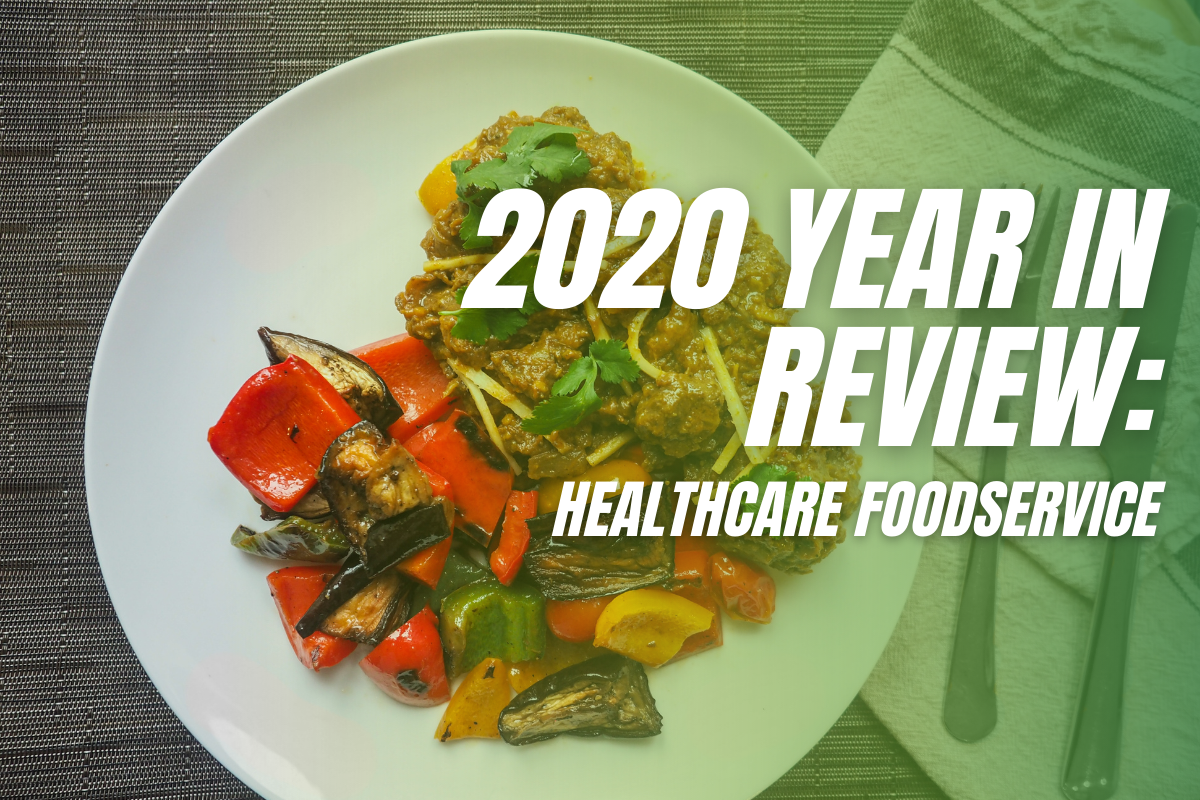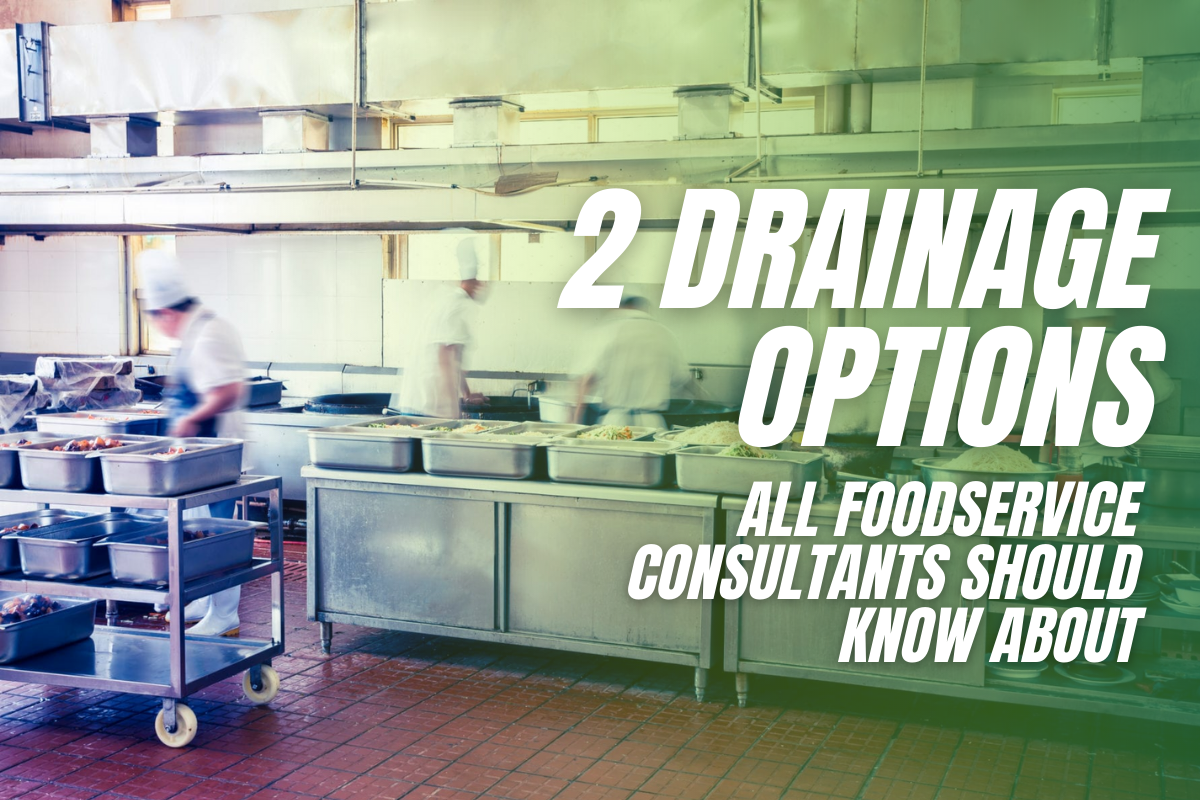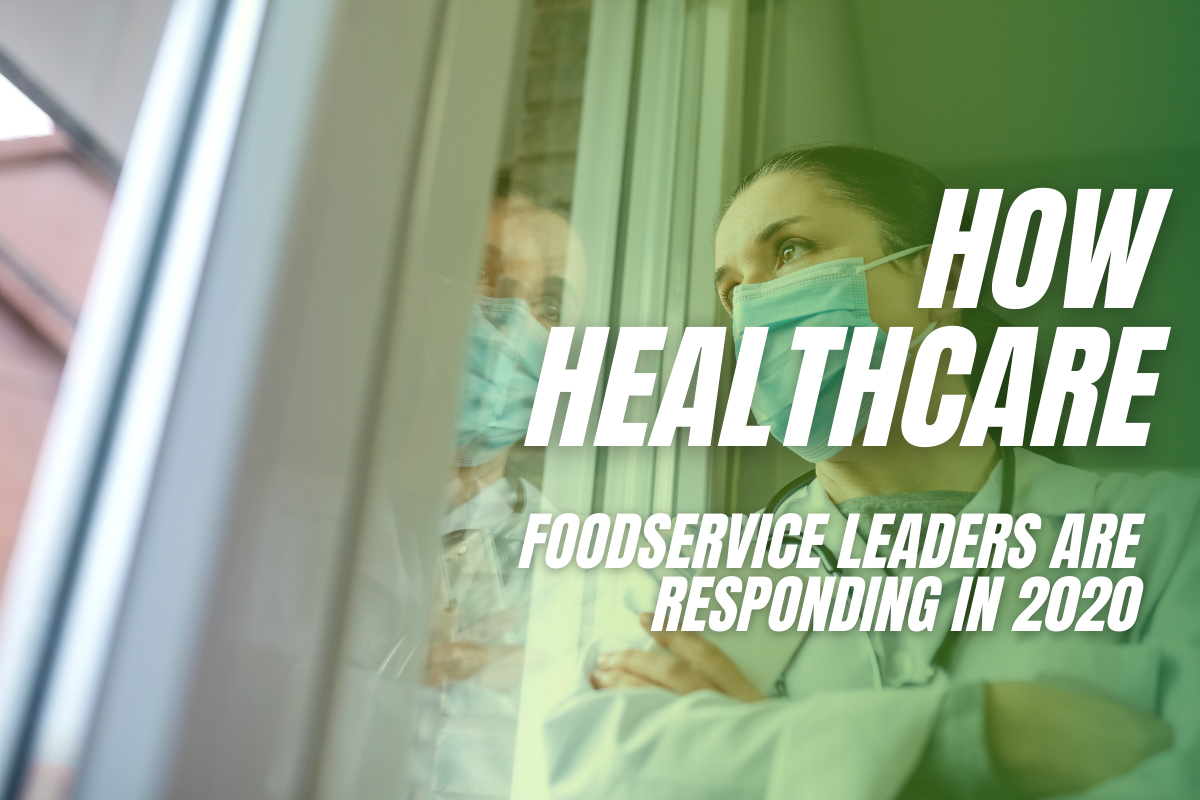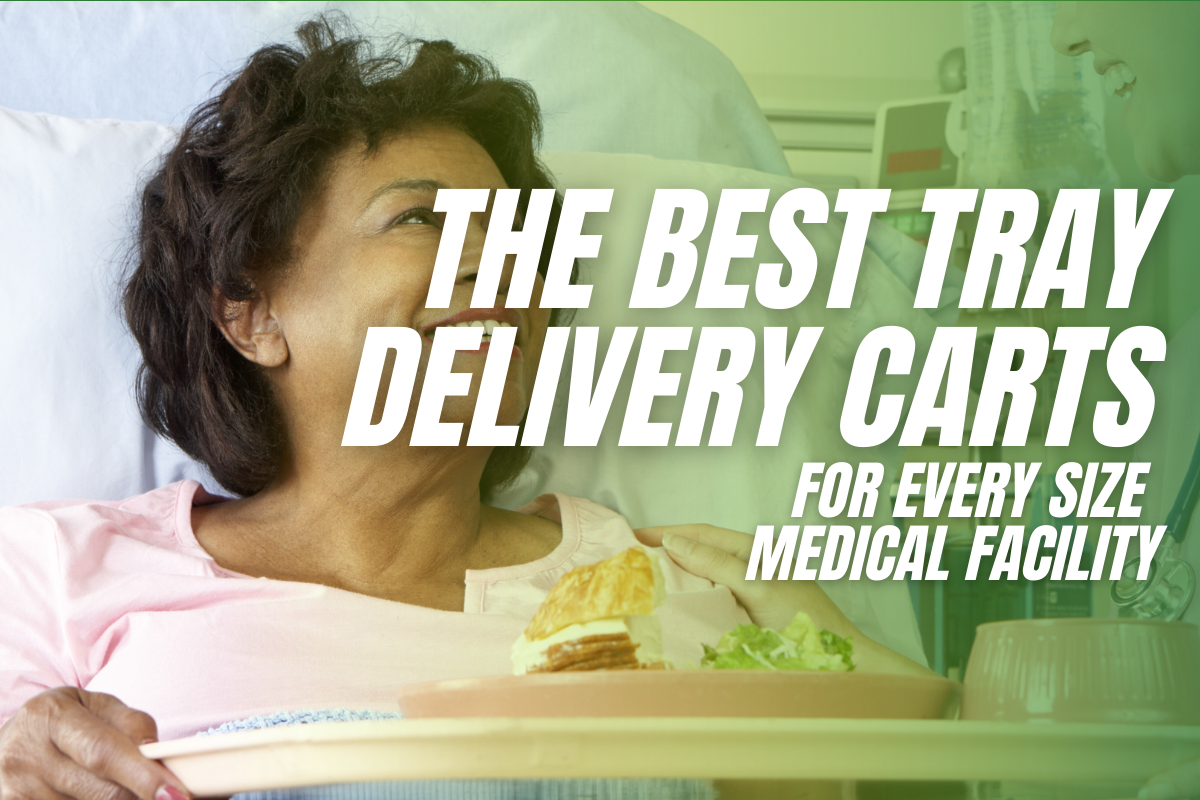
Foodservice in hospitals and healthcare facilities is one of the most important but often overlooked aspects of patient care. It’s important because it so closely ties to patient wellbeing and the financial wellbeing of the facility, and it’s overlooked because… well, we’re not quite sure.
The reality is delivering food and nourishment from the kitchen to the patients is a critical component to the overall success of a healthcare foodservice operation and selecting the right tray delivery cart can make a huge difference.
Here are five important areas to consider when purchasing a meal delivery cart for your hospital.
SAFETY COMES FIRST.
The people served in hospitals are there for a reason. There’s no need to give them an illness caused by foodborne pathogens. Yes, when it comes to delivering meals from the kitchen to the bedside, safety comes first. Food should be held at proper temperatures, and when it is, there’s a high probability those foods will also retain their desired, nourishing qualities that are so important for patient recovery. So, yes, safety comes first, but the byproduct can also be wellness.
MAINTAIN QUALITY.
Similar to safety, when food is held in the ideal storage conditions as it moves from point A to point B, there’s a better chance those foods will retain their desired qualities. Why is this important? Patient satisfaction. And patient satisfaction ratings play a key role in the reimbursement rates a hospital receives. What’s one of the biggest contributors to high or low patient satisfaction ratings? The quality of the food. Well-made tray delivery carts will help foods maintain temperature, contributing to safety, wellness, and quality.
HOW’S THE HANDLING?
The key word in “tray delivery cart” is delivery. Moving a collection of meals from the kitchen to patient floors is the goal, and that requires maneuverability and mobility. How far away do meals travel? How narrow are the hallways or turns? Over what type of surfaces will carts roll? These are all important questions, and with a food delivery cart designed for handling and equipped with high-end casters, maneuverability will be made easier.
HOW LONG WILL IT LAST?
The flip side of the maneuverability coin is durability. Even for the best-handling food tray carts, there are still likely to be times when carts bang against walls, crash into closing doors, or roll across hard surfaces that will shake and rattle the cart’s construction down to the core. This is when design and craftsmanship become important in order to extend the life of the equipment.
HOW MANY MEALS CAN IT HOLD?
Lastly, healthcare foodservice operators must consider volume. The right cart will most certainly vary from hospital to hospital based on the number of patients served, how long the runs from the kitchen to the bedside, and in some cases, even what is being served. Quantities are key, as having a tray delivery cart capacity that’s much lower than the volume served will result in additional trips and overstretched labor.
Find the tray delivery cart that’s right for your hospital foodservice program.
The team at Alluserv specialize in food delivery systems for hospitals and other types of healthcare facilities. Schedule a free healthcare foodservice equipment assessment with one of our experts today, and find the right tray delivery cart that meets your unique set of challenges.

